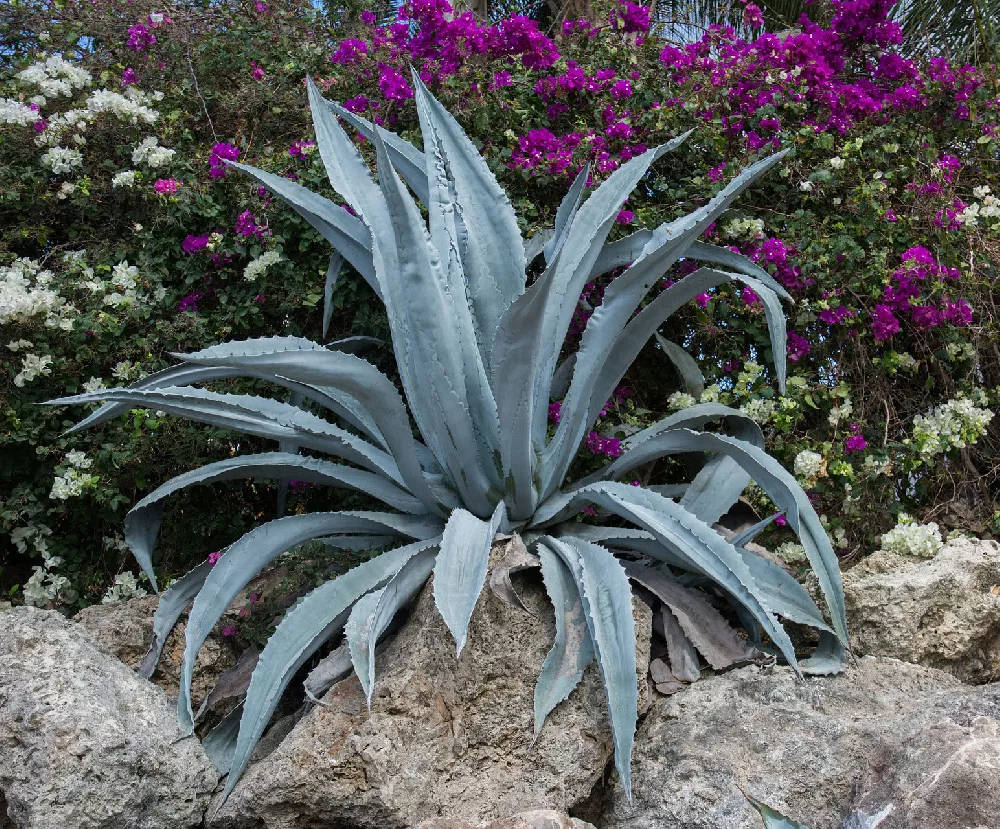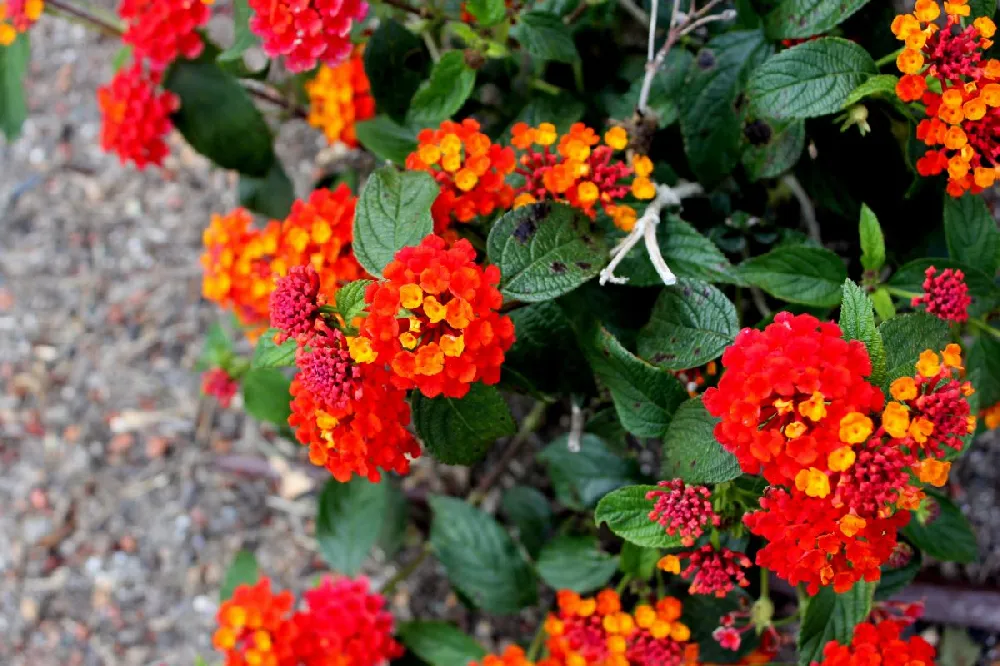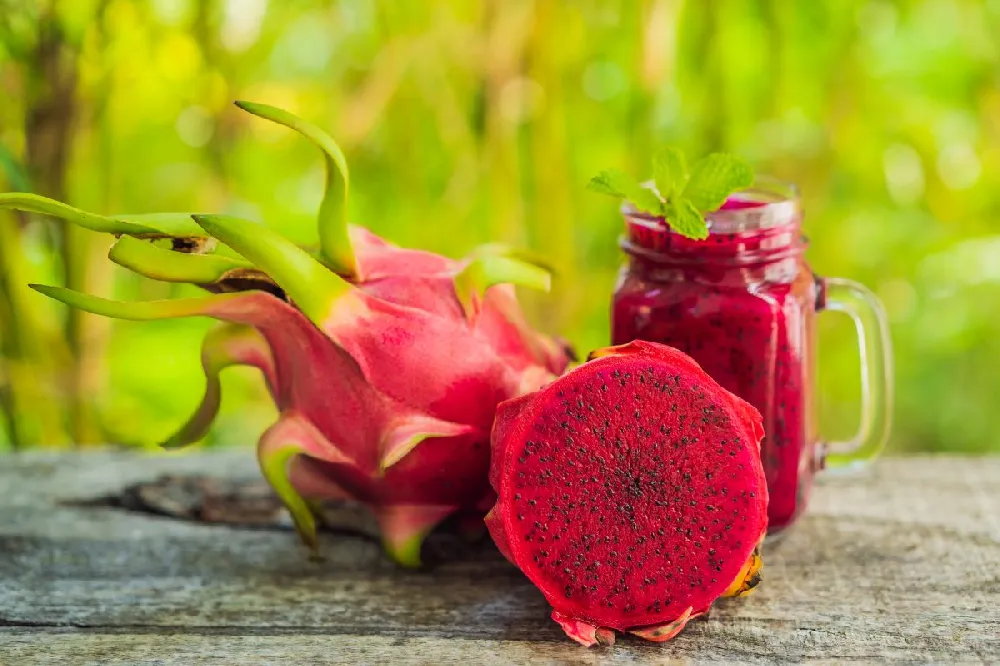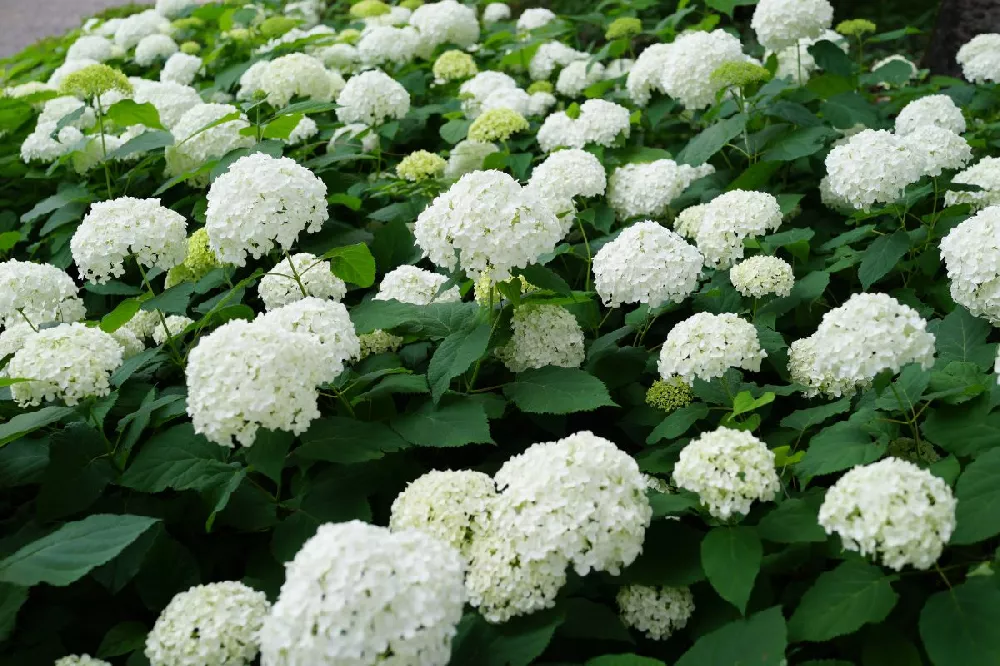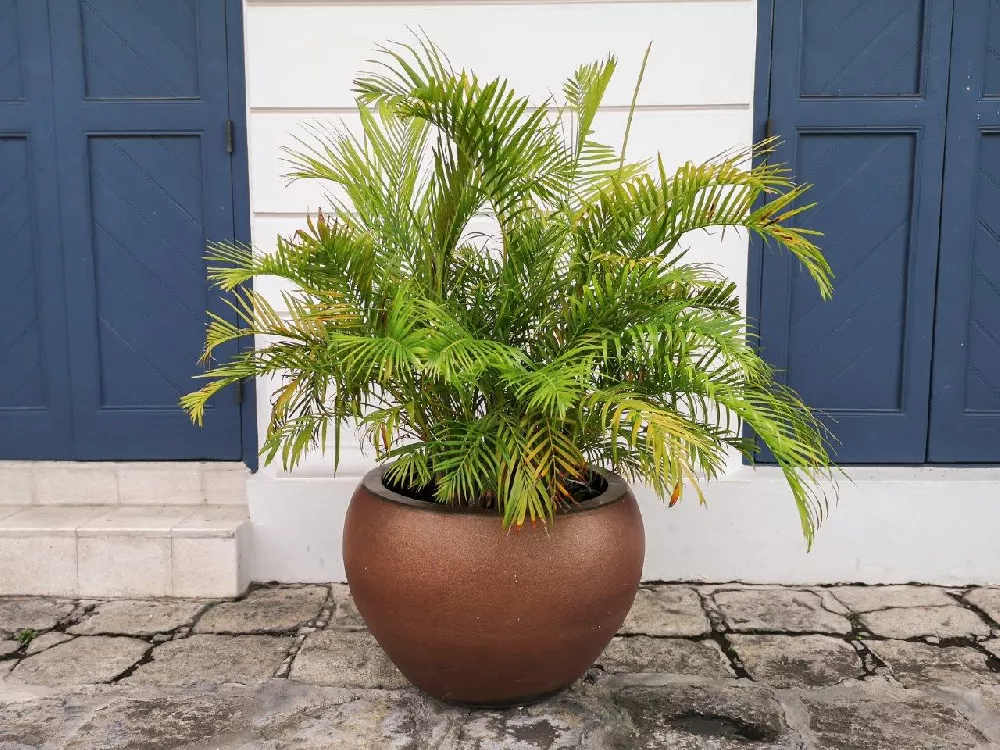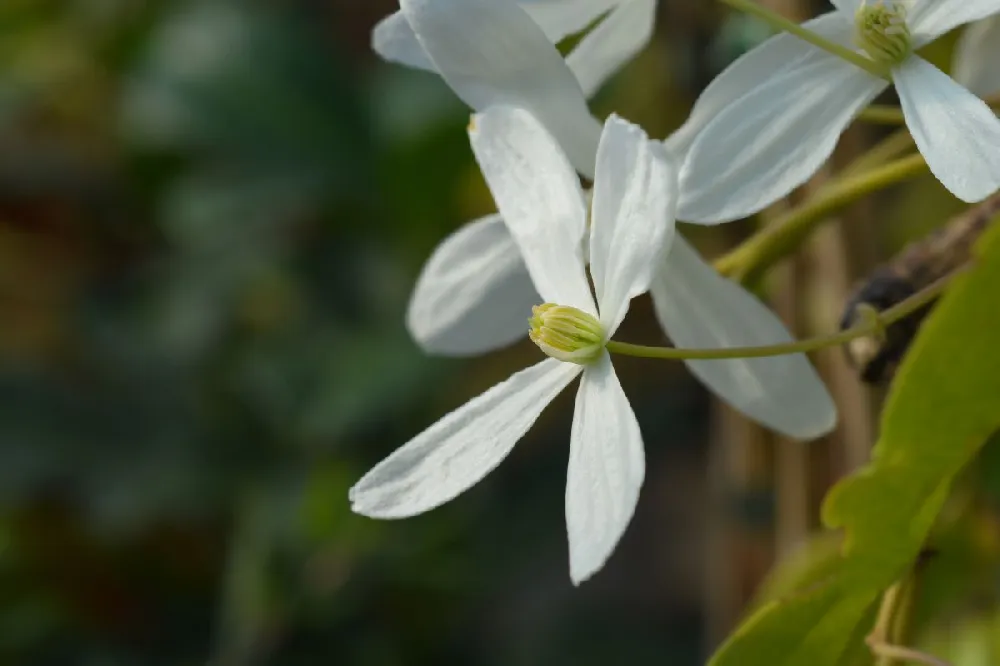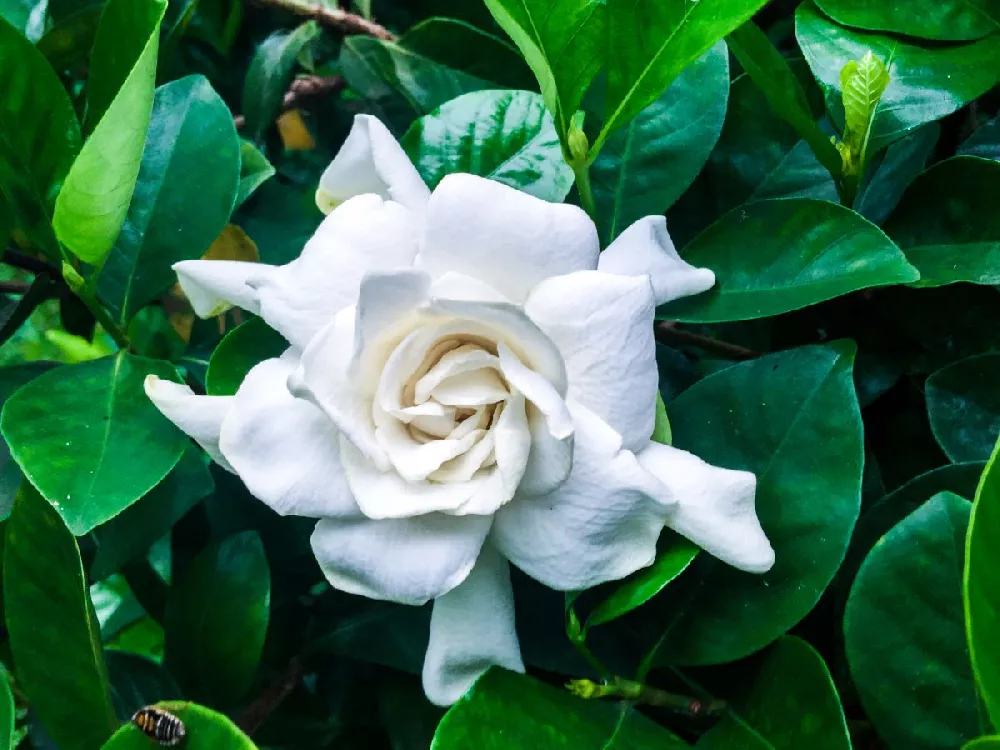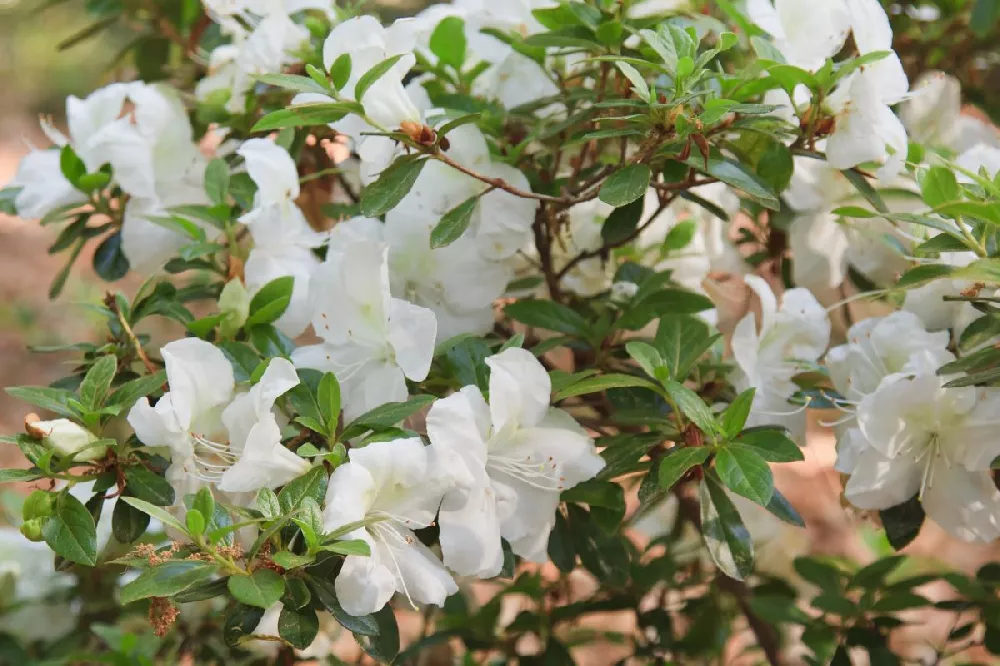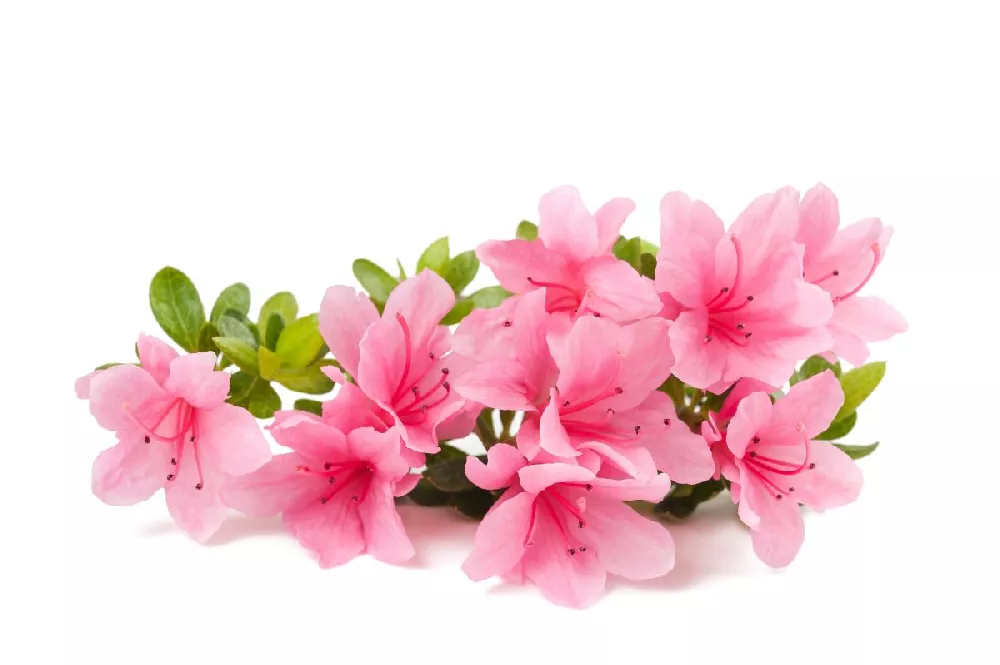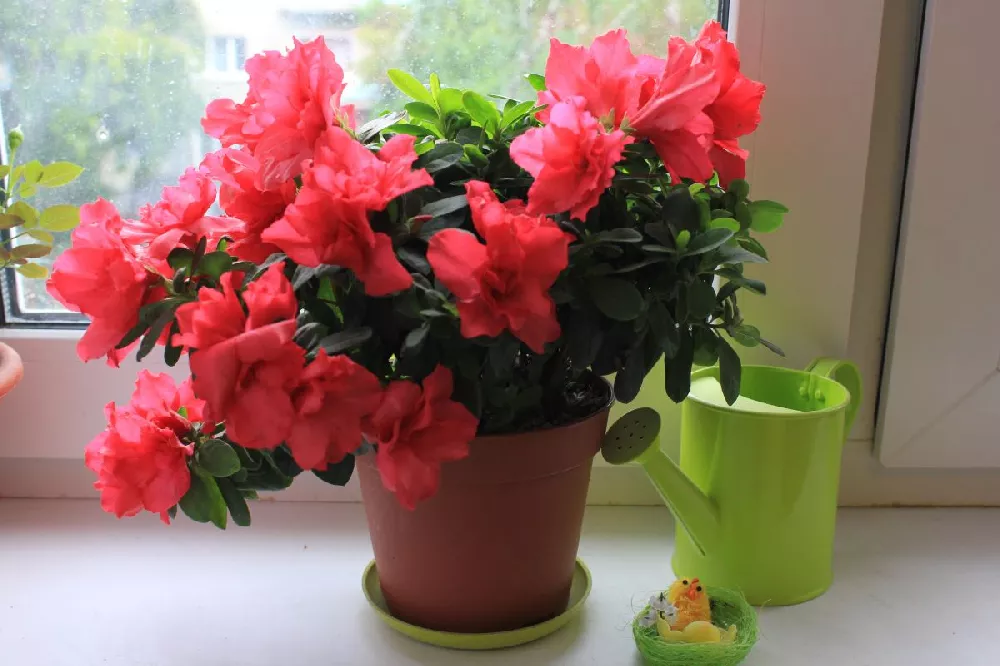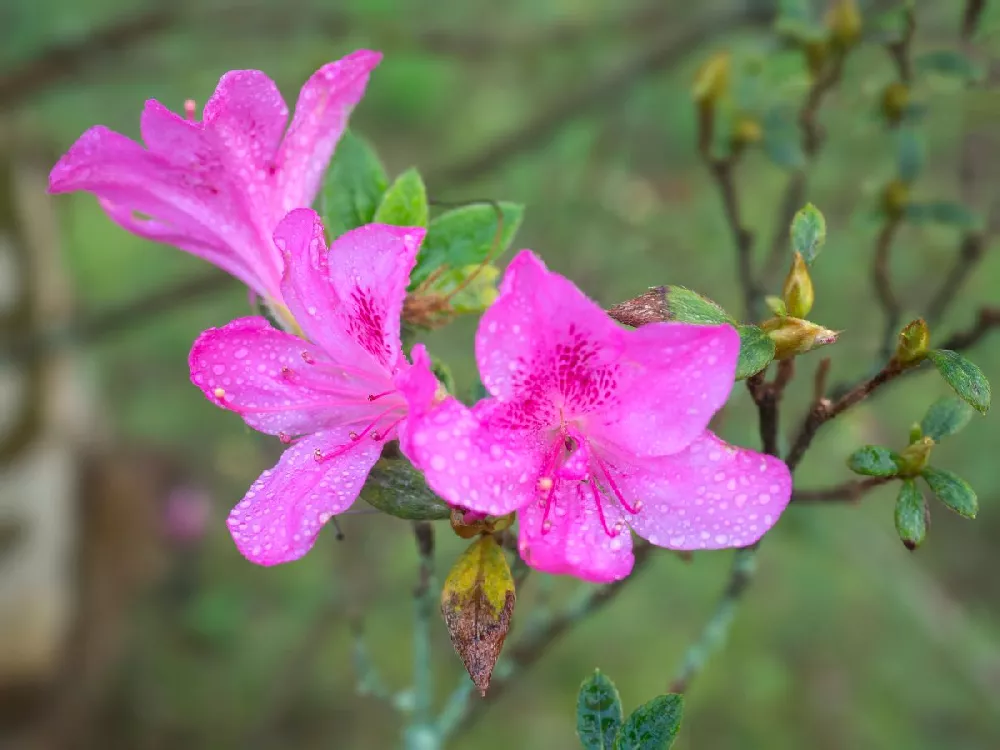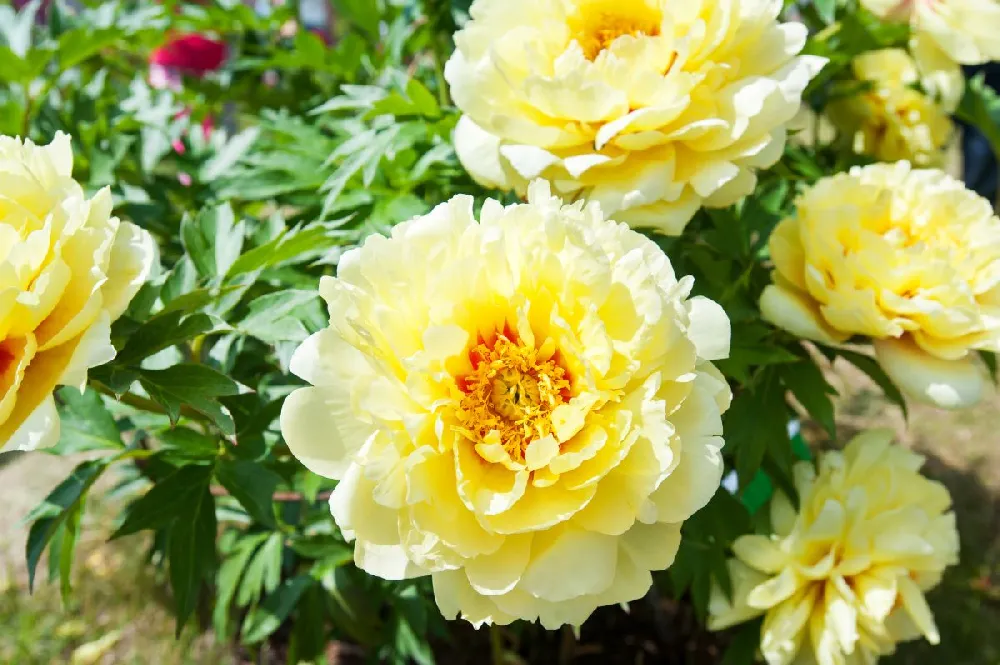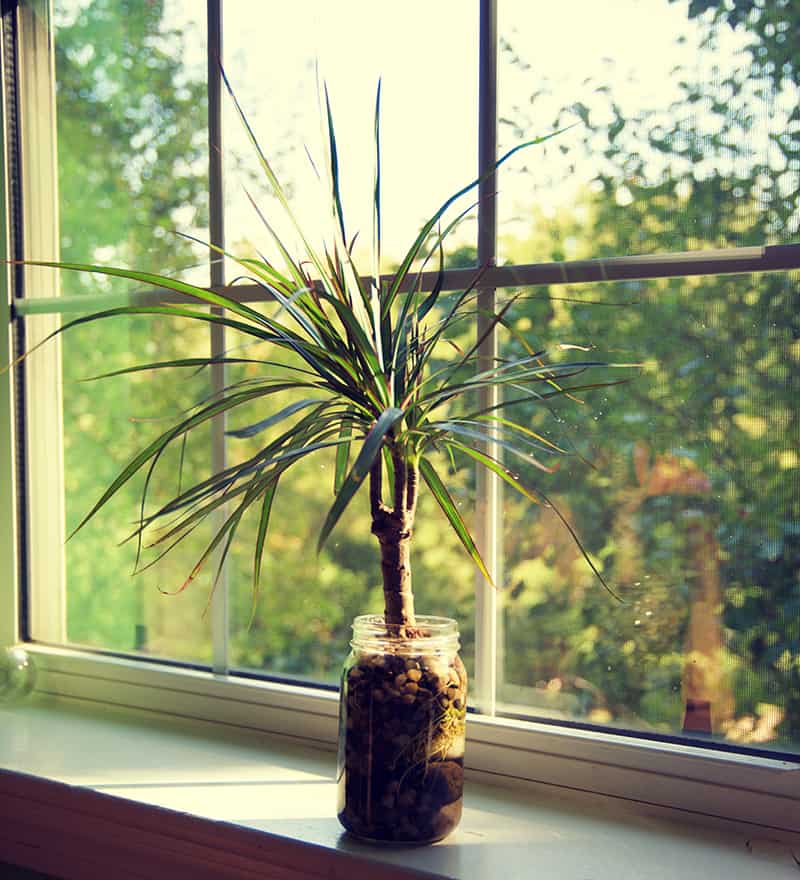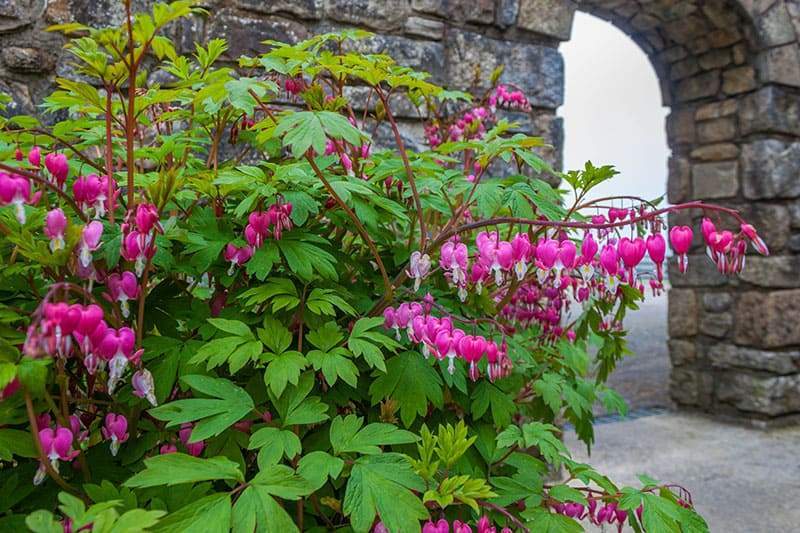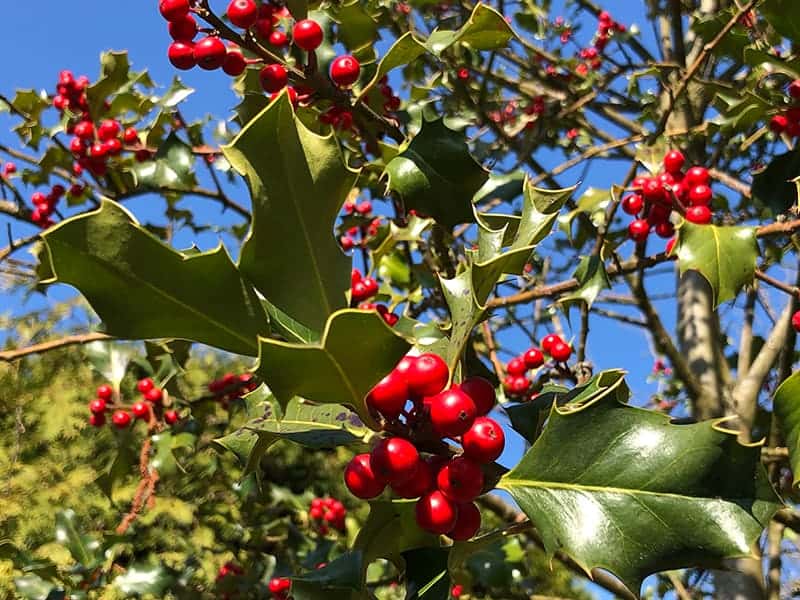- Home >
- Ornamental Plants
Ornamental Plants for Sale - Buying & Growing Guide
Filters
Price Range
Growing Zones
Plant Type
Flower Color
Sunlight
Mature Height
Plant Characteristics
316 Results
-
Growing Zone(s): 4-11 patio / 8-11 outdoors$88.95
$114.95Save up to 22% -
Growing Zone(s): 4-11 / 8-11$86.95
$94.95Save up to 8% -
Growing Zone(s): 3-11 / 10-11$65.95
$76.95Save up to 14% -
Growing Zone(s): 4-9$18.95
$41.95Save up to 54% -
Growing Zone(s): 3-11 / 10-11$48.95
-
Growing Zone(s): 7-9$58.95
$94.95Save up to 37% -
Growing Zone(s): 8-11$27.95
-
Growing Zone(s): 7-9$40.95
$43.95Save up to 6% -
Growing Zone(s): 6-10$69.95
$78.95Save up to 11% -
Growing Zone(s): 6-10$36.95
$41.95Save up to 11% -
Growing Zone(s): 6-10$36.95
$43.95Save up to 15% -
Growing Zone(s): 4-9$159.95
Ornamental Plants – Buying & Growing Guide
Although all plants are ornamental for most gardeners, some offer especially spectacular blooms, variegated leaves, or intriguing branch shapes that add interest and focus to your garden, whether indoors or out. Shop ornamental plants to find one that draws your eye, and add it to your own garden.
Types of Ornamental Plants
| Type | Growing Zones | Mature Height | Sun | Features |
| Philodendron, Philodendron | 9-12 (frequently grown as a houseplant) | 2-15 feet | Partial shade: bright, indirect light for 4 hours a day | 1,000s of varieties feature interesting leaf shapes and colors; commonly grown indoors; easy to grow |
| Bird of Paradise, Strelitzia reginae | 10-12 (may be grown as a houseplant | 5-6 feet | Full to partial sun: 4 hours or more of direct light a day | Spectacular orange, blue, and red flowers; grows from rhizomes; loves rich soil; large grayish-green leaves |
| Daylilies, Hemerocallis | 3-9 | 1-3 feet | Full to partial sun: 4 hours or more of direct light a day | Brightly colored 5 inch flowers in late spring; attract butterflies and hummingbirds; pest-free |
| American Wisteria, Wisteria frutescens | 5-9 | 15-30 feet | Full sun: 6 or more hours of direct light a day | Strong-growing vine; voluminous purple flowers in late spring; attractive pinnate leaves |
| Orchids, Orchidaceae | 6-11 (can be grown as a houseplant) | 8 inches-12 feet | Partial shade: bright, indirect light for 4-8 hours a day | Brilliant flowers in a range of colors; glossy dark green leaves; need regular food and water |
| Amaryllis, Amaryllis | 8-11 (can be grown as a houseplant) | 1-2 feet | Full to partial sun: 4 hours or more of direct light a day | Easily grown in containers; large blooms of white, red, maroon, or orange; bulbs are easily forced |
| Snake Plant, Sansevieria trifasciata | 10-12 (often grown as a houseplant) | 2-4 feet | Full to partial sun: 4 hours or more of direct light a day | Upright evergreen perennial with striking leaf structure; disease-free; grows from rhizome; excellent container plant |
| Crape Myrtle, Lagerstroemia | 6-9 | 3-12 feet | Full to partial sun: 4 hours or more of direct light a day | Deciduous shrubs with profuse flowers of pink, red, white, or purple; good flowering hedges; disease-resistant |
| Lilyturf, Liriope muscari | 5-10 | 1-2 feet | Full sun to full shade | Ornamental grass with purple flowers; spreads readily; attractive foliage |
| Tulip, Tulipa | 3-8 | 8-24 inches | Full sun: 6 or more hours of direct light a day | 100s of varieties; wide range of colors and shapes; short-lived perennials; plant in fall |
How to Plant Ornamental Plants
Although every plant has its own likes and dislikes, most ornamental plants will benefit from being planted in fertile soil that drains well and gets the right amount of sun for that variety. Container-grown plants, meanwhile, need a pot that will allow their roots room to grow without being so big that the plant looks lost in it. Most plants benefit from about an inch of water a week, either from rain or supplemental watering, especially when they are newly planted. Mulching with an organic material like bark chips is another good practice that helps protect the root zone and keeps your plant from drying out.
How to Grow Ornamental Plants
- When. Perennials can be planted in spring after the ground has thawed or early fall before your first frost. Bulbs are best planted in fall. Container-grown plants can be planted at any time, but expect less growth if you plant them during the winter months.
- Where. Read your seedling’s plant tag to find out how much sun it needs. Also note how big the mature plant will get, and allow enough room around each plant so that it can grow without smothering other plants. Most plants grow best in soil that drains well and is not prone to standing water after a rain.
- How. Dig a hole that’s as deep as the seedling’s root ball and twice as wide. Plant the plant in the hole and fill in around it with soil that’s been mixed with well-rotted compost or manure. Tamp down soil and water thoroughly.
How to Care for Ornamental Plants
- Watering and nutrients. Water newly-planted seedlings every few days until you see signs of robust growth. At that point, you need only water when the ground is dry. Feed your ornamental plants with a balanced, slow-release fertilizer designed for landscape plants in spring and as indicated throughout the summer, tapering off by early August.
- Pruning. Prune out dead, diseased, or broken branches or stems on your ornamental plants. Some may also benefit from deadheading — removing spent blossoms, to encourage more flowers.
- Pollination. Since you are not growing ornamentals for fruit or berries, pollination isn’t as important. You may be pleasantly surprised, however, to see that your ornamental plants draw pollinators such as honeybees, hummingbirds, and butterflies.
